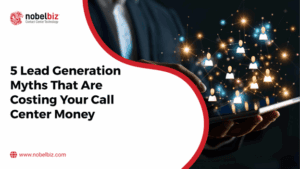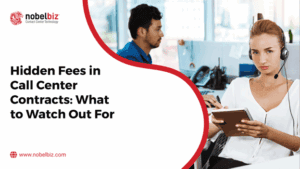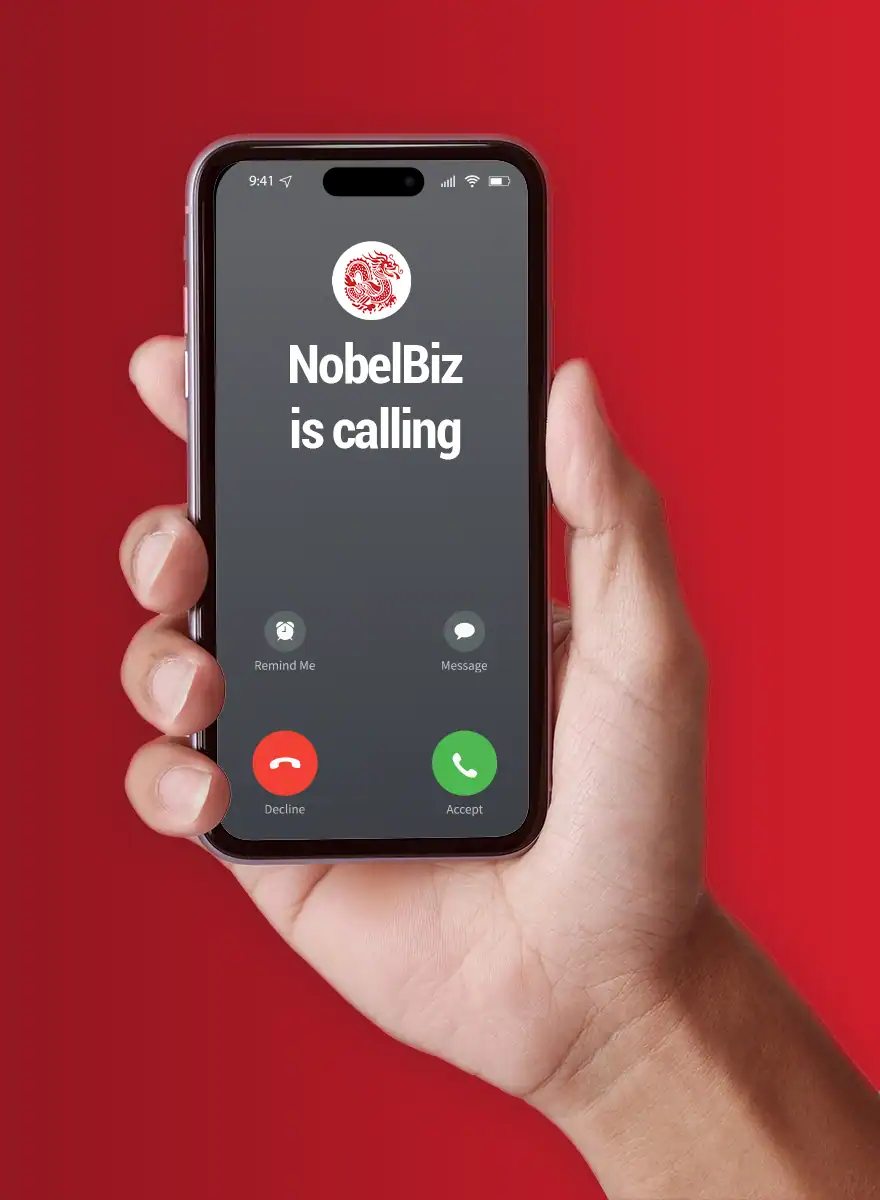The Net Promoter Score or NPS is one of the most widely used key performance indicators by call centers to measure customer loyalty and satisfaction. In this article, we will show you how to calculate, interpret, and use the NPS as a customer loyalty lever.
In 2003, Fred Reichheld, a strategy consultant at Bain & Company, introduced the Net Promoter Score in his article “The One Number You Need to Grow“. A revolutionary KPI that measures the level of customer satisfaction, and more precisely customer/brand relationship.
What is the NPS and how to use it?
NPS or Net Promoter Score is a key performance indicator that shows if a customer is willing to recommend a brand’s service or product to a friend, family or acquaintance. To put it simply, it answers the question “Would you recommend this brand to someone? “, by choosing a score between 1 and 10.
NPS scores make it possible to divide customers into 3 categories:
- Detractors: Customers who give a score from 0 to 6. They will not recommend the brand and will probably not buy or subscribe again. Those who give the lowest scores are most likely to ruin your customer service reputation. Either by word-of-mouth or on social media.
- Passives: Customers who gave a score of 7 or 8. They are quite satisfied in a basic way but moderately enthusiastic. This means that they will not recommend you and will not go to the competition unless they have a better offer.
- Promoters: Customers who gave a score of 9 or 10. These are the ones who proudly display their latest acquisition of the brand on social media, online review, phone, and across all communication channels. They always recommend you and will gladly renew their experience.
As a key performance indicator, this score is generally favored by call center supervisors and managers because it is easy to analyze and track over time. Today, the NPS scores of the largest companies are public information, and accessible to all consumers.
How to accurately calculate the NPS score?
NPS score is calculated by taking the percentage of promoters and subtracting the percentage of detractors. Or simply:
NPS = Percentage of proponents (scores 9 and 10) – Percentage of detractors (scores 0 to 6)
However, it is not expressed as a percentage but as an absolute number between -100 and +100.
As an example, let’s say you got 100 feedback on your NPS survey. This includes 15 customers who answered 10/10, 50 answered 8/10, and 35 who answered less than 6/10. This means you have 15 promoters, 50 passives, and 35 detractors. The percentages associated with each category are as follows:
15% promoters ((15 x 100)/100), 50% passives ((50 x 100)/100), 35% detractors ((35 x 100)/100).
Then apply the NPS formula: (% Promoters) – (% Detractors)
Your customer service gets a Net Promoter Score of 15 – 35 = -20
What is a good NPS score?
Generally speaking, an NPS score of 50 or above is considered excellent. This indicates that you have a large majority of customers who are extremely happy with your customer service. On the other hand, an NPS score of less than 0 is considered average. This means that you have as many fans as detractors. However, it still gives you a strong base of faithful customers.
Keep in mind that NPS scores can vary widely, depending on the product, service, country, and social environment.
Advantages and downside
The first advantage of NPS is to detect dissatisfied and unhappy customers in order to contact them again. Indeed, if they have made the effort to leave a note or a remark, it is because they have something to say. And it may not be too late to get them back. It is important to have a procedure in place for recalling dissatisfied customers.
The second advantage is that these customer surveys are an unlimited source of ideas for improving customer experience. The principle is to use scores to measure satisfaction and client remarks as an explanation. This will provide a basis for a possible change or improvement of customer-agent interactions.
However, the main disadvantage of NPS scores is that it does not show why a customer gives a score of 2 instead of 9. We advise that you add an open-ended question in order to explain the reasoning behind each score. KPIs are not only about numbers; they can also provide qualitative data relevant to your call center’s performance.
How to get better NPS scores?
A customer stays loyal to a brand when he feels considered, and that’s where your customer service comes in. Your agents must offer quick and relevant answers to their requests. To achieve this:
1. You must be able to quickly get the information in one click
The agent must have instant access to the customer’s latest purchases or information to provide the right reference. Also, your team must be able to see all the interactions that have taken place with this customer to contextualize the request and respond to it in a relevant way.
2. Give the customer a voice
As you know, the customer is king! That means being able to freely exchange with the company and voice his opinion. Your agents must engage customers even more and foster this bond of belonging to the brand.
3. Consistency & Change
Monitoring calls is efficient not only to ensure a good level of NPS score. But also to make a wise decision regarding the call frame, agent practices, and call scripts. Therefore, you must implement change in those aspects when your NPS score is dropping and keep good practices within your team when your score is up.
4. Different contact channels
Today’s clients increasingly favor social media, web chat, or email for customer support. As a call center, you need to be where your customer needs you the most. That is why you must have an Omnichannel technology that will allow you to navigate smoothly between phones, social media, webchat, and any other communication channel.
It is wise to keep track of your activity, but if you have to take the key figures for your customer service NPS and enter them into a table by hand regularly. You need to choose the right technology to track your customer service KPIs simply and fluidly.
You need a solution like Omni+ from NobelBiz. A technology that blends everything into one platform. Including, voice calls with social media channels, CRM linking, smart call routing, automatic dialing, and many more features.
Conclusion? Focus on customer loyalty!
NPS is a crucial indicator to measure customer satisfaction and your inbound team’s performance. Do not hesitate to deploy NPS surveys at key moments in the customer journey, report the results to the teams, and implement changes when needed.
Now that you understand the value and scope of your NPS score, you will be able to adopt an effective customer loyalty strategy. Not only to simply offer a solution or respond to a request quickly. But also to provide customer service excellence and put the client at the heart of your inbound call strategy.

Abdelmounim Benharouga has always had a strong passion for writing and digital marketing. He started as a Digital Content Writer part of marketing department then moved to being Customer Success Manager for the African Region within the Nobelbiz team.






